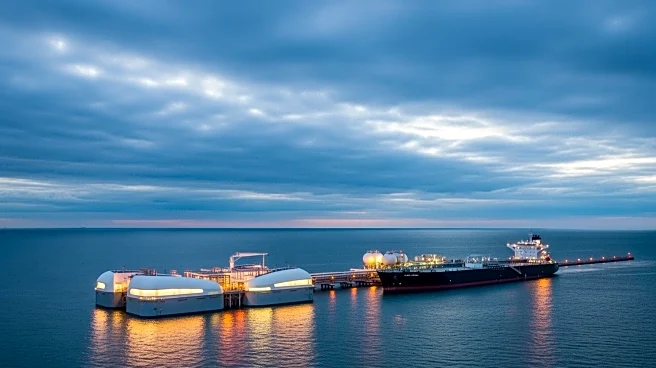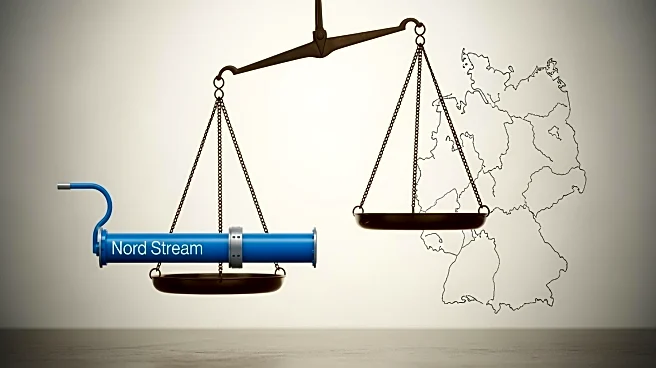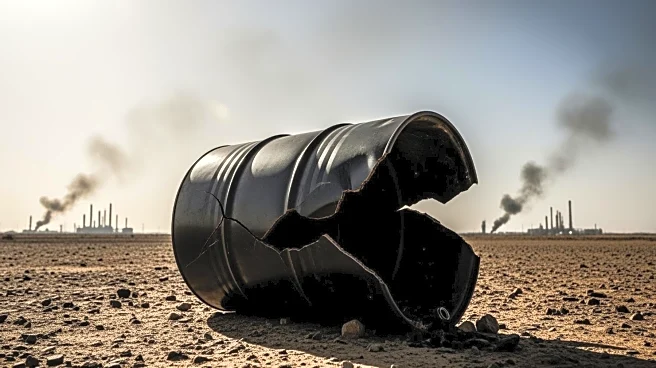What's Happening?
Poland is planning to expand its floating liquefied natural gas (LNG) terminal near Gdansk, driven by significant interest from shippers. The expansion will increase the terminal's regasification capacity,
with nearly half of the regasified LNG expected to be exported to Ukraine, Slovakia, the Czech Republic, and Lithuania. The estimated export volume is between 6.9 and 8.9 billion cubic meters annually, potentially declining to about 2.6 billion cubic meters per year in the future. Gaz-System, Poland's gas pipeline operator, has reported that 14 domestic and foreign companies have expressed interest in the facility, with forecast demand in 2031-2032 exceeding its capacity almost four times. Binding offers for the expanded capacity will be invited in the first quarter of 2026.
Why It's Important?
The expansion of Poland's LNG terminal is significant as it aligns with the European Union's strategy to reduce dependency on Russian gas imports. This development opens new opportunities for member states to secure energy supplies from alternative sources. The increased export capacity to Eastern European countries could enhance energy security and stability in the region. Additionally, the expansion reflects growing interest in LNG as a cleaner energy source, which could have long-term implications for energy markets and environmental policies across Europe.
What's Next?
With the expansion plans underway, Gaz-System will invite binding offers in early 2026, which could lead to increased competition among shippers for access to the terminal's capacity. The move may prompt other European countries to consider similar expansions or investments in LNG infrastructure. Stakeholders, including political leaders and energy companies, will likely monitor the project's progress and its impact on regional energy dynamics.












